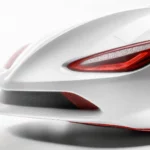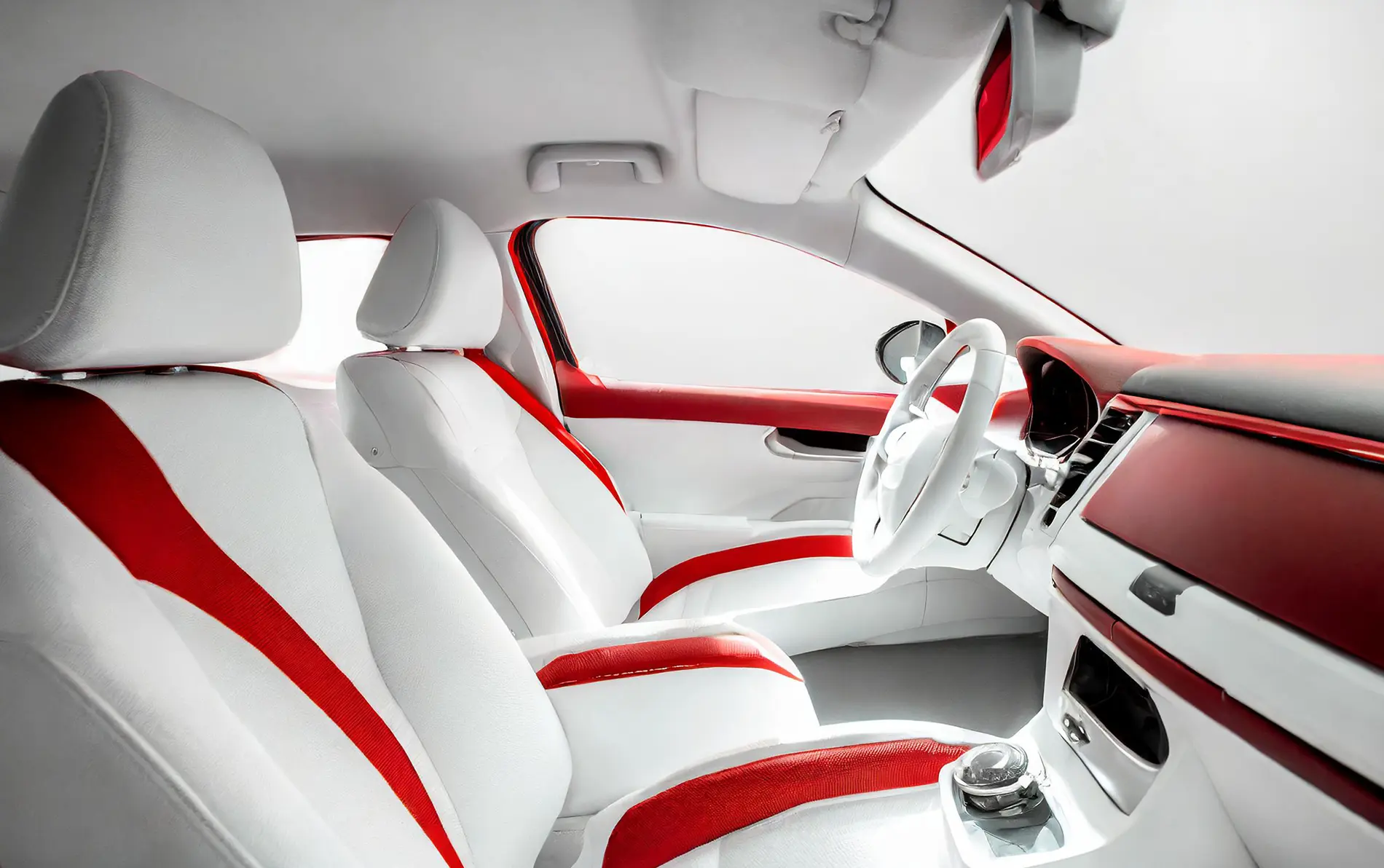
Automotive bumper development
23 February 2024
Autonomous driving and ADAS systems
23 February 2024
Automotive bumper development
23 February 2024
Autonomous driving and ADAS systems
23 February 2024
Approvability and ergonomics for interior
During the design and development stages of a car, a series of checks and inspections are carried out that affect various perimeters of the vehicle.
In the case of interior finishes, we are talking about important components located inside the passenger compartment such as instrument dashboard, contral tunnel, imperial, pillars and door panels.

Knowledge of the standards and their proper application are crucial factors in the effective possibility of vehicle approval.
In the case of interior finishes, we are talking about important components placed inside the passenger compartment such as instrument dashboard, contral tunnel, imperial, pillars and door panels. In this area, audits serve to ensure basically two kinds of requirements:
- ergonomic requirements: thus pertaining to functionality, reachability, and convenience of using controls and other devices;
- homologation requirements for safety: these are design aspects aimed at ensuring maximum containment of hazards during the phases of car use and especially in the event of an impact, which are of decisive importance in obtaining the approval of the vehicle by allowing it to be driven on the road.
Type-approval checks can also be based on more or less restrictive criteria depending on the market in which the vehicle is to be marketed. The main markets to take into account are:
- Europe;
- USA;
- China.
In addition to the major ones, there are additional markets that may require specific differentiations, as in the case of India, Korea, and Canada.
Among the many existing regulations, the key ones generally referred to are:
- UNECE 21 for the European market, particularly for belted impacts and with different restraint systems (seat belts, steering wheel, passenger, side curtain and knee impact airbags);
- FMVSS 201 for the US market, especially for unbelted shocks.
The verification steps are basically as follows:
- Theoretical technical step: starts with technical checks on the various release levels of the interior style and during the development stages of the various components. For example, the absence of contactable sharp edges and minimum contactable radii in specific areas are checked. Points and areas of impact within the vehicle interior in the event of an impact are mathematically defined; sinking is then calculated at these points and possible risks to the occupants are verified.
- Virtual simulation step using special software: impacts are simulated on the surfaces and in the areas that were theoretically calculated and controlled during the first step.
- Laboratory simulation step: impacts are simulated in the laboratory using the final car components, or using prototypes rather than appropriately modified carry over components.
- Final homologation step: shocks are simulated on the finished vehicle that will go into production before being marketed; successful completion of these tests will confirm the actual homologation of the car.

Vanguard and experience
With qualified staff, MGE is the ideal partner to devise and work out the appropriate solution for the most specific requirements.